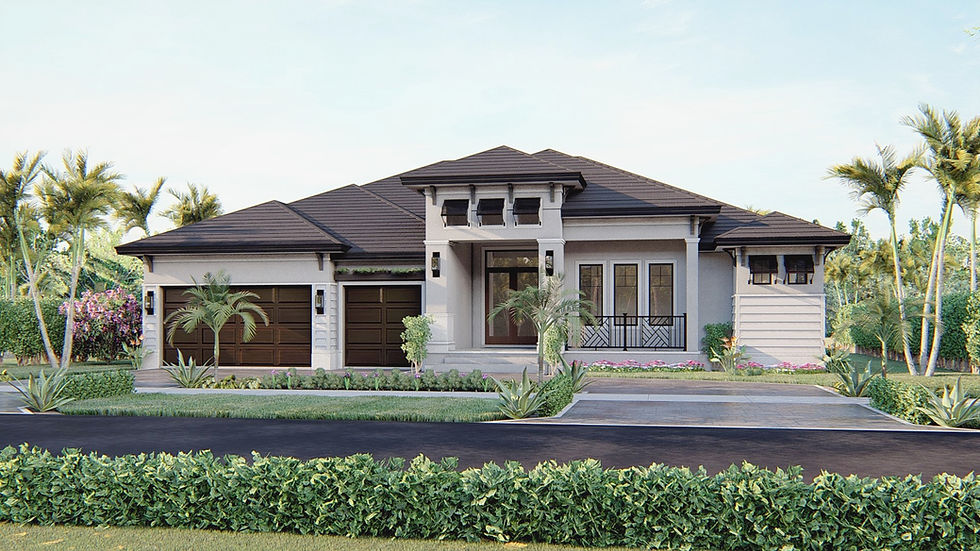What is Multigenerational Living?
- Nova Homes of South FL
- Mar 9, 2018
- 2 min read

Nova Homes of South Florida is building expansive homes for multigenerational living
Generation everyone. It looks like multigenerational living is here to stay. Not since the 1950s have so many families chosen to live with multiple adult generations under one roof, according to Pew Research, challenging designers and builders to maximize efficiency without compromising style.
Home builders are learning quickly that privacy and accessibility are two must-haves for multigenerational living. Designing both upper and lower levels with master bedroom suites allows a home to be adaptable for returning children, grandparents, guests or roommates. Also critical are private ‘getaway’ areas, such as sitting rooms or work spaces in bedrooms. With plenty of spaces available for family and alone time, it’s easier to merge lifestyles, work and entertainment schedules, allowing generations to live successfully together.
Donna Butts remembers one of the moments that sold her on the idea that there was a sustained rise in the number of multigenerational households. As executive director of Generations United, a nonprofit that promotes intergenerational living, she was called to do an interview on the topic for a Louisiana radio station a few years ago. The host seemed wedded to stereotypes: He’d never want his mother-in-law to move in, since she’d be intrusive and annoying, and adult kids living with their parents were strictly a sign of spoiled millennials.
He was convinced, that is, until he opened the phone lines.
“So, he starts taking calls and, suddenly, everyone has a great story about living with a grandparents or a child under the same roof, and how it’s made their lives better,” Butts says, laughing. “At one point, seeming desperate to prove his point, he asks a guy point blank if having his parent live with his family harms his love life. He just replied, ‘Well, now I have a live-in babysitter, so no.’”
Butts says that this way of thinking—what she calls the ‘John Wayne, go-it-alone mentality’—is withering in the United States. Multigenerational living, when more than one generation lives under one roof (not counting young children or
teens), has hit record levels in the U.S. In 2014, according to Pew Research Center data, 60.6 million people, or 19 percent of the U.S. population, lived in multigenerational homes, including 26.9 million three-generation households.
Size matters in a multigenerational home. So does design, privacy considerations, and room layout. Nova Homes of South Florida is Naples' builder of choice since 2004 for custom homes that are reasonably priced, and include features most other builders charge extra for - online at www.novahomesbuilder.com - 239.307.6116.












Comments